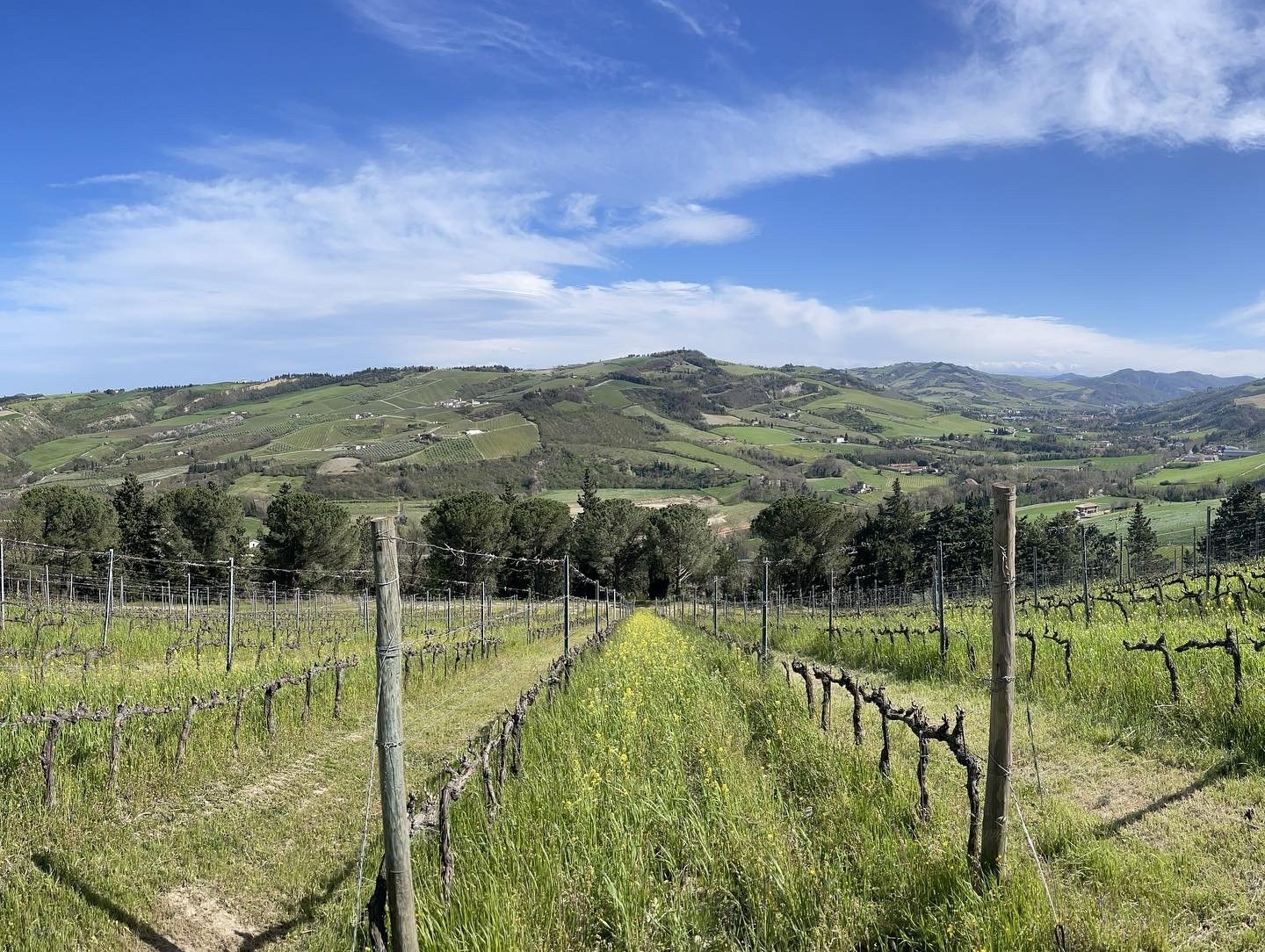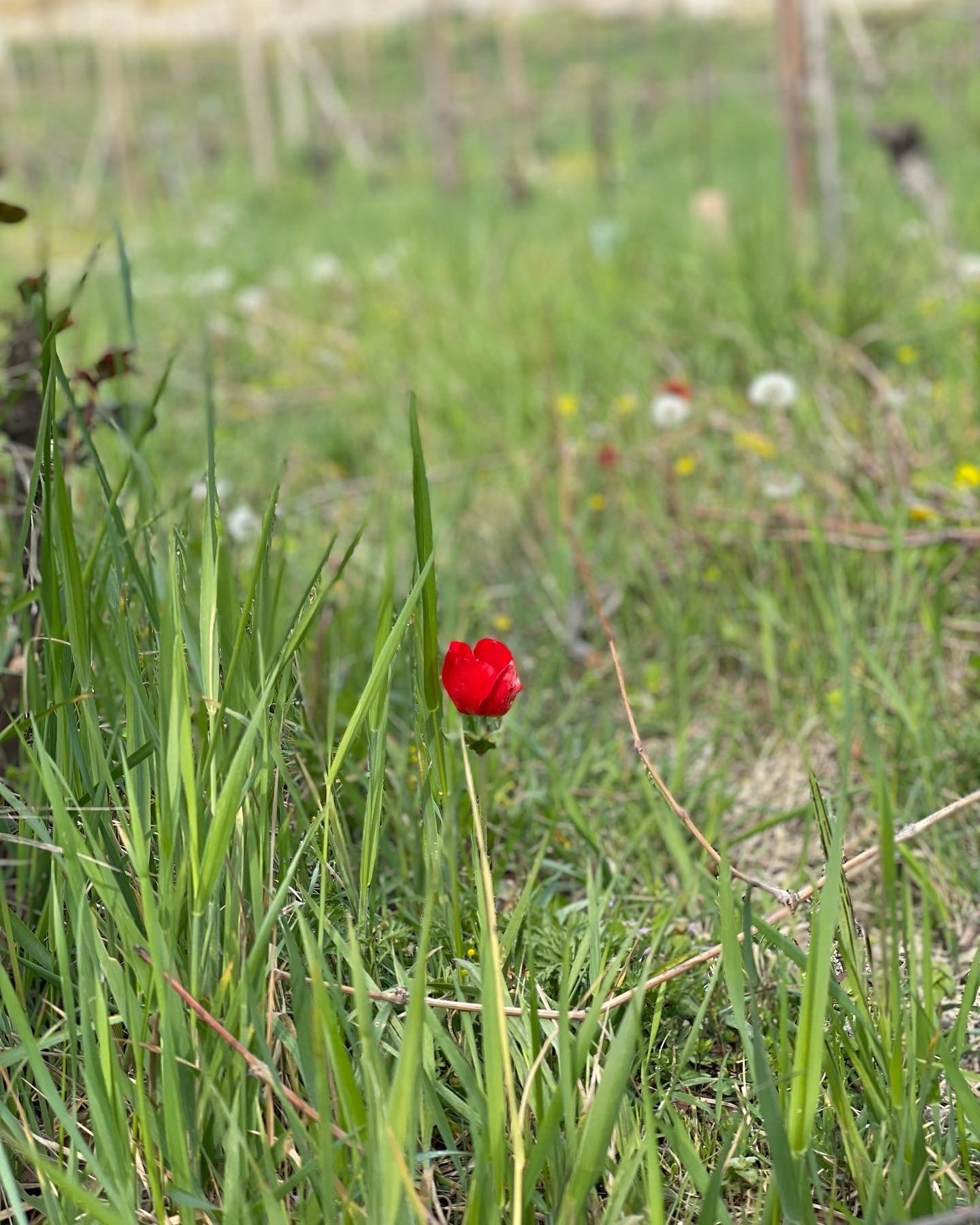What Is Regenerative Agriculture? And How Does It Impact The Wine Industry?
Noelia Ricci - Biodynamic Godenza Vineyard
As an agricultural activity, the wine industry is facing the major challenge of sustainability and all it entails for its future. Beyond the thesaurus definition and the various certifications devised to tackle the problem at hand, sustainability ought to consider the critically finite nature of our natural resources. Grape growers are turning to regenerative practices for long-term solutions to address the short-sighted imperatives that have long dictated the wine industry and other industries relying on the exploitation of the soil.
Now more than ever, regeneration is needed. The very foundation of regenerative agriculture is that soil health supports life, and that it is only by being in service of this life, which has been considerably degraded by industrial farming pollution, that we will be able to remedy the damage we’ve caused to our planet’s ecosystems. The positive groundwork of most of our producers suggests there’s still hope.
Fratelli Revello - Biodynamic Conca Vineyard
The intricate differences between regenerative agriculture, sustainability, and how, if at all, it differs from organic and biodynamic agriculture?
Farming in service of the life of the soil, the health and well-being of wildlife, and the social welfare of the people working in this environment, is a starting point to help distinguish regenerative agriculture from organic and biodynamic agriculture, and better understand its ins and outs in the context of the wine industry.
Regenerative agriculture encompasses appropriate practices that consider the context of a site’s unique characteristics, such as regional climate and cultural and social practices. It’s intrinsically tied to organic practices, which are often considered a baseline and provide important foundations to build on. They differ in that regenerative agriculture has requirements that touch specifically on soil health and land management practices.
Organic agriculture, on the other hand, provides very simple guidelines as to what inputs can and can’t be used. Regenerative agriculture can also be associated to biodynamic agriculture. Stars alignment and moon cycles aside, both acknowledge that we’re part of an ecosystem and that instead of trying to control it, we should aim to understand it and enhance it.
Synthetic inputs are used in conventional agriculture. Doing away with them starts with recognising that an ecosystem could be damaged, and that it might need to be regenerated before a point of no return is reached. Working with it holistically can help it achieve a level of resilience where it can function healthily on its own. Moving away from chemicals while understanding soil structure is essential to regeneration.
Jérôme Bourgeois-Diaz’ certified Demeter Biodynamic vineyard and his neighbour’s conventionally farmed vineyard in Crouttes-sur-Marne, Champagne
“Wine is made in the vineyard” - digging deeper
Expanding beyond soil type, modern scientific progress revealed the existence of a vast and intricate microbial world that’s vital in the production of high-quality agricultural products, including wine. The soil structure contributes to the environment in which the vine grows; its health, viability and variability is going to contribute to a more genuine expression of that surrounding in the wine, terroir. The deeper the roots grow, the more accessible the nutrients. And the healthier this nutrient composition, the more balanced and healthier this supporting ecosystem is going to be. It plays an essential role in allowing it to express itself truthfully.
Science has helped shed light on the essential role soil microbes, also referred to as biome, play in the vineyard’s health and its ability to overcome climate change pressures. Learning about the health of the micro-biome and its impact on the health of humankind, is crucial to acknowledging and understanding the co-dependent nature of our relationship with our environment. These living microorganisms perform essential functions, such as delivering nutrients to the vine’s roots. Therefore, the healthier this micro-biome, the more resilient the vine gets and the less chemicals and pesticides it needs to endure stressors above ground – drought, heat, erosion, and tilled soil – which have a harmful effect on the vine, often forcing it to compromise yields and/ or quality.
Promoting a diverse and resilient vegetative cover crop further helps sustain the micro-biome’s ability to support the vine’s system. As such, perennial crops help optimise carbon sequestration and minimise carbon dioxide release in the atmosphere, which ultimately offsets greenhouse gas emissions.
Our understanding of the soil biome, although in its infancy, points to old-world solutions that aim to maintain and rebuild healthy soil. In essence, they are in favour of keeping soil disturbance to a minimum, firstly by avoiding tilling. Secondly, they encourage maintaining a diversity of cover crops as opposed to having bare earth, by introducing organic matter to feed the soil microbes and prevent erosion. The fertility of the soil has been impacted by the way we’ve been farming it and winemaking is no exception.
How important is it for wine consumers to be aware of vineyard practices?
Regenerative agriculture deals head-on with climate change by virtue of the way growers manage their environment. It also addresses issues like food safety and many of the concerns consumers may have on a variety of matters, from the social welfare of the people working in the vineyards or the winery, down to the welfare of the animals used to graze in the vineyards.
Most importantly, it gives growers and winemakers a platform to talk about what they’re doing and why it’s making a difference, to then create an awareness of these issues and provide stakeholders with practical examples and tools to tackle them in meaningful ways.
Communicating about their regenerative practices can help producers encourage consumers to delve deeper in the matter and to want to engage with brands in a more holistic way.
The wine industry’s ability to reign so much influence compared to other agricultural sectors provides us with the unique chance to influence others to do what’s best for our environment and our kind. Only by fostering transparency and giving consumers more opportunities to make environmentally conscious purchase decisions will we be leveraging this position.
As purveyors of a product that often bares a luxury price tag, we can lead the conversation and really emphasise the implications of how a bottle of wine comes to be. This reinforces the idea that we have the power to spread the word on regenerative viticulture’s tenfold impact and do so on a global scale. The notion of terroir is used to describe good-quality wine and conventionally farmed vineyards cannot be described as places where inputs are so minimal that terroir is expressed truly and fully in the wine.
To learn more about how some of our producers use regenerative, biodynamic, and organic farming practices to nurture their terroir, subscribe to our mailing list.
Vaite Teriierooiterai
Our fine wine ambassador and inhouse wine writer. Born and raised in French Polynesia, Vai’s journey led her to South Australia 8 years ago, where she earned a Masters of Wine Business and made a life of fine Australian wine and food for herself. Whilst thriving in a diversity of customer-centric roles, Vai has grown strong roots in the local wine trade. When she is not catching up with friends and soaking up the exhilarating atmosphere of Adelaide’s booming wine bars and restaurants, Vai’s world revolves around learning about the intricacies of wine in preparation for her Wine and Spirit Education Trust (WSET) Diploma.



